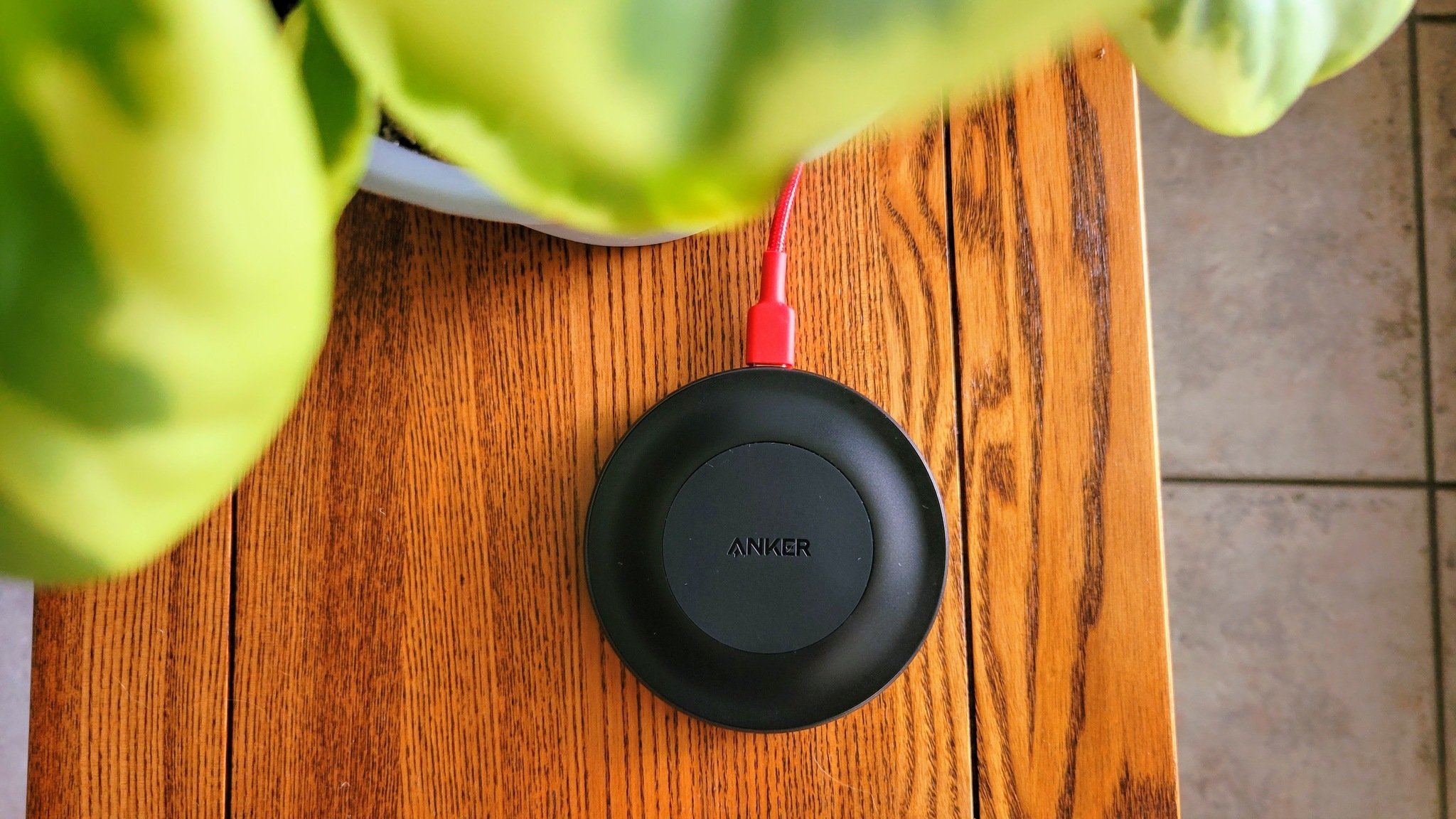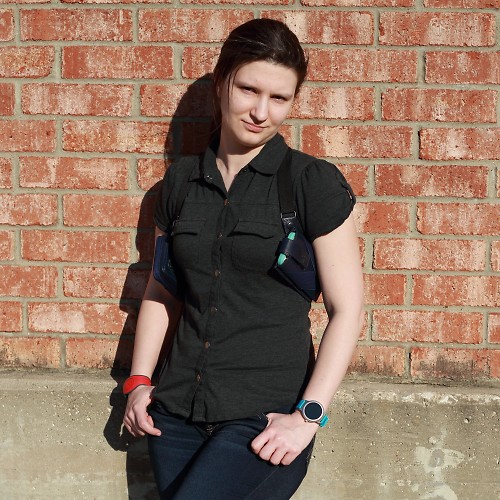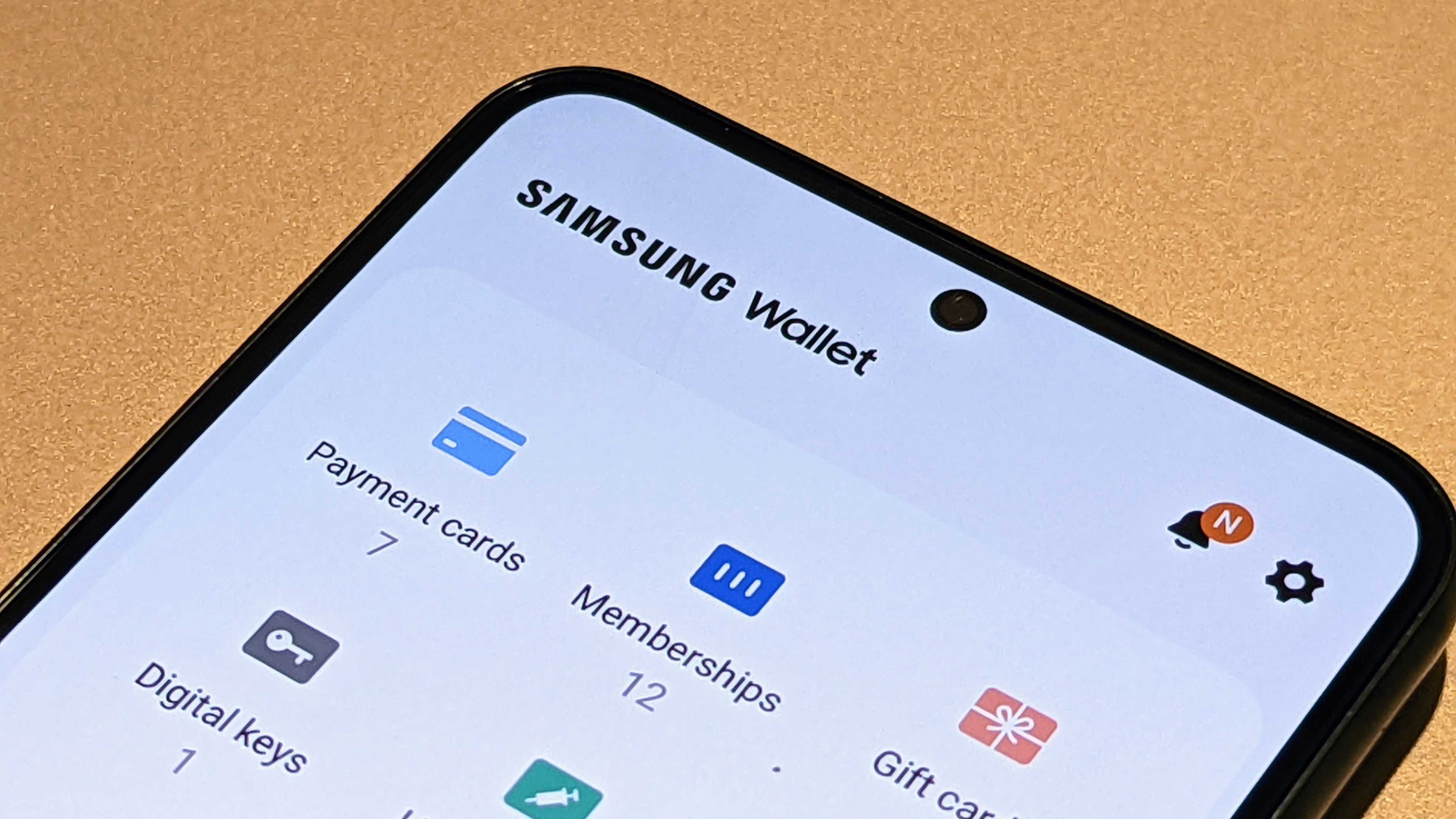Android Central Verdict
Bottom line: Whether you're rocking a Pixel 5 or a Galaxy S21 Ultra, the Anker PowerWave Alloy can charge it fast and charge it in style. The small silicone-covered pad makes it easy to ensure your device is properly aligned and that any camera bump doesn't make the phone sit lopsidedly.
Pros
- +
Silicone wireless pad and bottom ring
- +
Compact, travel-friendly size
- +
Accepts Power Delivery or QC input
- +
Status LED isn't blinding
- +
Great speeds for most Android phones
Cons
- -
10W, not 15W for Samsung
- -
Only 7.5W for iPhones
- -
Silicone is a dust magnet
Why you can trust Android Central
The best wireless chargers don't just fit your budget; they fit your lifestyle, your space, and your devices perfectly. iPhone 12 users seek out MagSafe chargers, Pixel 5 owners need a little-known but very important standard called Extended Power Profile, and Samsung Galaxy devices require the proprietary Samsung Fast Charge standard for the best speeds.
While MagSafe chargers are still mostly limited because of Apple's certification process, the latter two are getting easier and easier to find. The Anker PowerWave Alloy has both and then some, and checks off all the boxes when wireless charger shopping. The Alloy is the size of a drink coaster and can fast-charge almost every big-name Android phone in the Western world. And since it uses Power Delivery, you already have the cable and wall charger sitting by your bed or desk where you want to use it.
Anker PowerWave Alloy What I love
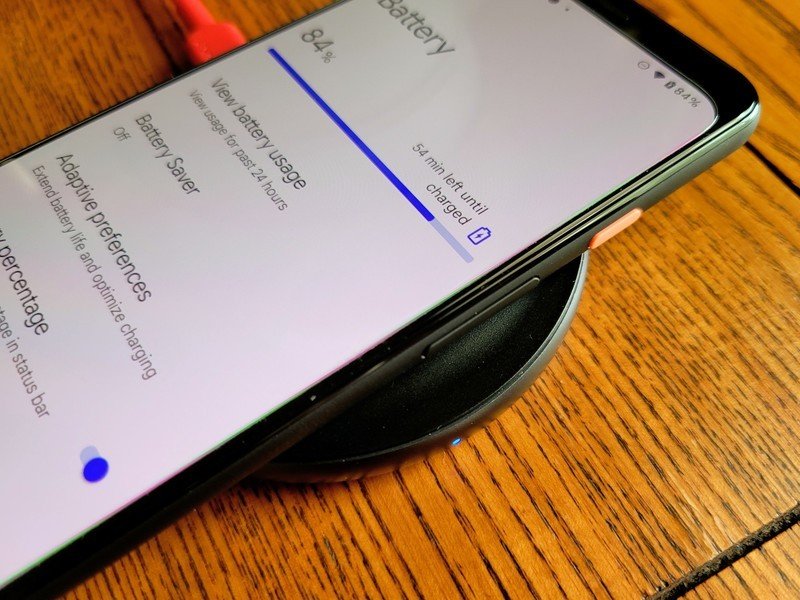
When it comes to wireless chargers, it's always important to remember that it's not just one spec you have to look out for; it's a whole host of them. Thankfully, Anker seems to have all your bases covered with the PowerWave Alloy on both the wireless output standards and the wired input. We have support for fast wireless charging for the Pixel, Samsung Galaxy, OnePlus LG, and Apple, and I'm thrilled to see Power Delivery support here.
Why does Power Delivery matter so much? Flexibility and availability.
| Speed | Phone Series |
|---|---|
| 15W (EPP) | Pixel 5, OnePlus 8/8 Pro/8T/9/9Pro, LG phones |
| 10W (EPP) | Pixel 3 and 4 series |
| 10W (Fast Charge 2.0) | All Galaxy phones with Qi |
| 7.5W (Apple standard) | All iPhones with Qi |
| 5W | Wireless earbuds and all other Android phones with Qi |
| Input types | USB-C Power DeliveryQualcomm QuickCharge |
| Cable included | 5ft USB-C to USB-A cable (Qualcomm QC only) |
| Wall charger | None |
Once upon a time — around 2011-2015 — pretty much all Android smartphones and accessories used Qualcomm QuickCharge (QC) to charge or power themselves. This meant that we could basically use the same chargers for everything. Then Power Delivery (PD) came along, and most phones switched over to it almost immediately. However, accessory makers still kept using Qualcomm QuickCharge (and micro-USB) because it was cheaper and QC chargers were still plentiful. Now in 2021, QC chargers are getting less and less useful, so manufacturers are finally upgrading to USB-C and Power Delivery for better performance.
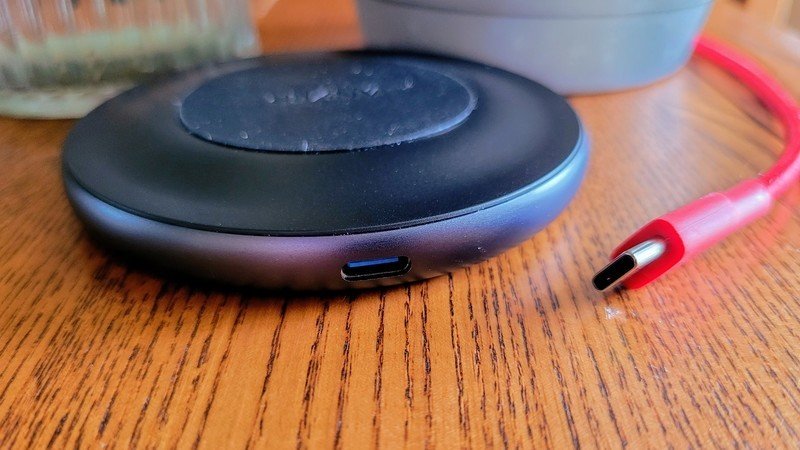
The Anker PowerWave Alloy uses USB-C, but it supports both PD and QC, meaning you can use your old Qualcomm charger if you still have one kicking around. Still, if you don't, you can plug it right into your wired phone charger or that PD laptop charger on your office desk when your laptop is full. I've mostly used mine with the 45W chargers on my standing desk that I use to charge up my Chromebooks, and it's worked like a champ on them.
Most wireless charging pads are all about getting thin as possible, but Anker instead tackled two frequent problems with its design. Firstly, by having a small wireless pad that tapers to a larger base, it means that no matter how big the camera bump on your phone, the phone will lay flat on the central pad rather than at an angle. The smaller pad also makes it easier to ensure proper placement of smaller accessories like wireless earbuds. The top silicone pad ensures that even if your phone vibrates during the night, it shouldn't shift out of alignment unless your phone is literally ringing all night.
Anker PowerWave Alloy One tiny complaint
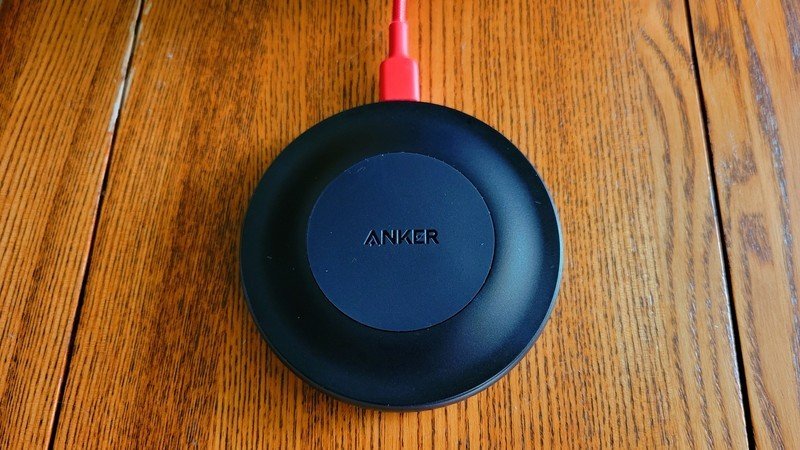
I love the solid build and feel of the Alloy, but because the charging pad is covered in silicone, just be prepared because it will get covered in dust and dander every few weeks. You can use a slightly damp cloth to get most of it off, but considering the pad is completely covered when you're charging anything bigger than wireless earbuds, it's not a dealbreaker.
While the PowerWave Alloy is one of the few wireless chargers that can charge a Pixel 5 at top speeds, the Samsung proprietary standard used here is only the 10W version rather than the 15W. Part of this might be because Samsung itself hasn't come out with another 15W wireless charger since the Stand 2.0 in 2019, but it would've been nice to see.
Speaking of, the PowerWave Alloy can't charge iPhones at 15W because right now those speeds are limited to official Apple MagSafe chargers. Otherwise, you're stuck with 7.5W charging like it's 2016. Chances are, if you're reading this on Android Central, you're not rocking an iPhone, but if your partner or kids do, just remember it'll charge them a little slower than your Pixel or Galaxy.
Anker PowerWave Alloy Price, availability, and competition
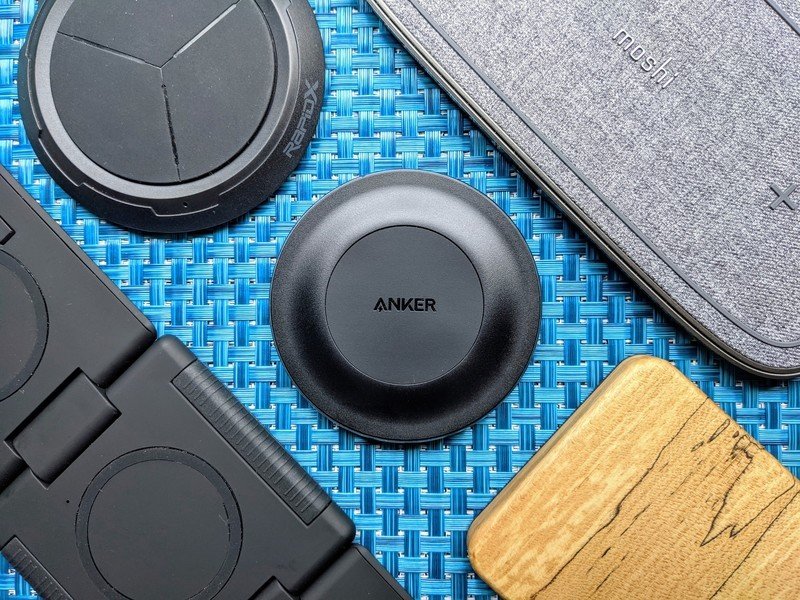
Anker sells the PowerWave Alloy on Amazon, Walmart, and Newegg, where the usual $30 price jumped to $36-$40 around the holidays and has seen a couple of rare, quick sales where it dropped as low as $20. It comes with a USB-C to USB-A cable — which only works with Qualcomm QuickCharge chargers — but since it accepts USB-C Power Delivery, you can just plug it in wherever you already have a phone charger set up. 18W is the minimum input, but you'll want a 24W or higher charger for the 15W wireless charging for Pixels or 10W Galaxy charging speeds.
If you're a Samsung owner, there are plenty of 10W wireless chargers out there, but most use QuickCharge rather than Power Delivery. All of our best wireless chargers support Samsung, with price points for every budget. Still, I'm especially fond of the Belkin Boost Charge and iOttie iON Wireless Mini, both of which are similarly priced. The Belkin uses an AC adapter while the iON takes USB-C Power Delivery.
While there are few 15W Pixel 5 wireless chargers, I'd recommend grabbing either the iOttie iON Wireless Duo if you own wirelessly charge earbuds or need to charge your partner's phone/work phone.
Anker PowerWave Alloy Should you buy it?
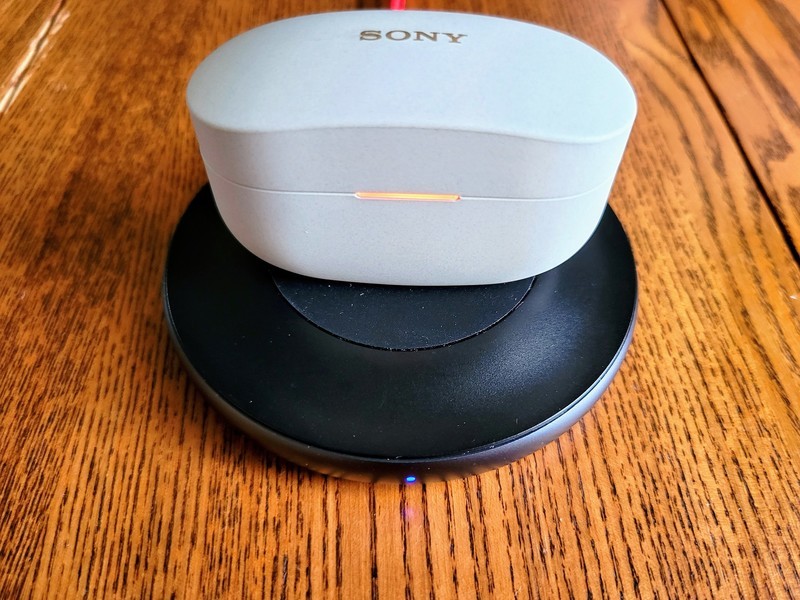
This wireless charger is well-built, well-tested, and should last you years and years to come, no matter what phone brand you're using. The Anker PowerWave Alloy is a powerful little hockey puck that fits equally well in the bedroom, the living room, or that fancy corner office you just came back to.
5 out of 5
If you haven't picked up a wireless charger before, do yourself a favor and make it this one. It's worth spending a teeny, tiny bit extra to get a high-quality charger with a nice warranty. While it may not be covered in fabric or leather-like some other premium chargers, the cool-touch aluminum shell feels great, and the silicone pad ensures that your phone stays put until it's fully charged.

Fast charge with the chargers you already use!
Anker using USB-C Power Delivery on the PowerWave Alloy means you can plug it in wherever you already have a phone charger, and the compact design makes it easy to fit onto tiny nightstands or on super-crowded standing desks.
Ara Wagoner was a staff writer at Android Central. She themes phones and pokes YouTube Music with a stick. When she's not writing about cases, Chromebooks, or customization, she's wandering around Walt Disney World. If you see her without headphones, RUN. You can follow her on Twitter at @arawagco.
